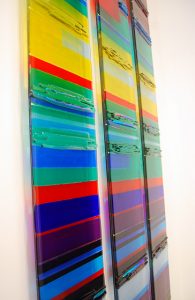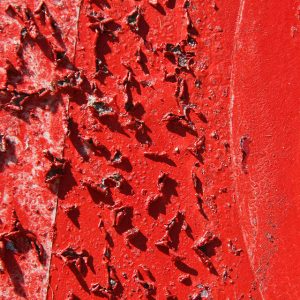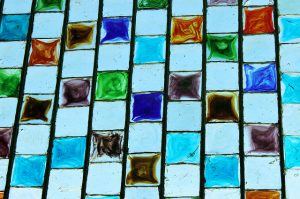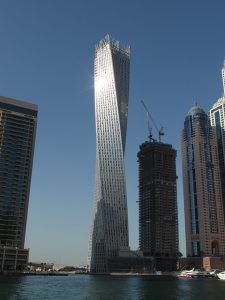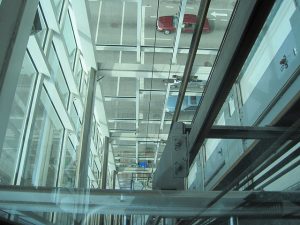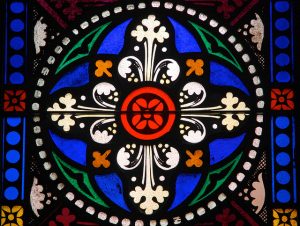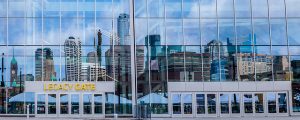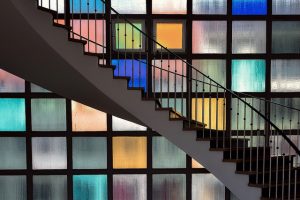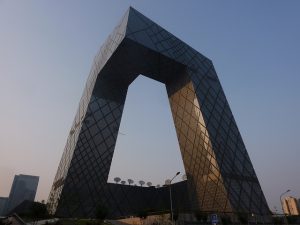Backpainted Glass Is An Ideal Surface
If you’re looking for a tough yet practical surface for use in a kitchen or bath, consider backpainted glass. Backpainted glass offers the advantages of brilliant color and an easy-to-clean surface that’s ideal for those demanding areas of your home.
Backpainted glass can be used to protect walls and surfaces without compromising on color or style. Glassprimer™ glass paint can be tinted to match the paint palette of virtually any paint manufacturer. Whether you’re looking for neutral tones or a brilliant splash of color, you can find what you’re looking for with Glassprimer™ glass paint.
Glassprimer™ glass paint is easy to apply using ordinary painting tools. We recommend the use of a high-volume, low-pressure paint sprayer for complete and even coverage. Even application ensures the lowest overall drying time between coats, which helps keep your paint project moving forward.
Glassprimer™ glass paint is also economical. You can achieve excellent coverage for about $1 per square foot. With our expert color matching, you can confidently use Glassprimer™ in those areas where it’s needed, and conventional matching paint in areas that are best suited for it.
Mounting backpainted glass is easy. We recommend the use of a neutral cure silicone adhesive or a mirror mastic. Both adhesives dry quickly and they’re strong enough to support the weight of glass. Better still, the adhesives will not show through the paint, so you get a smooth, attractive appearance on the finished product.
Glass works well as a surface in kitchens and bathrooms. Glass can tolerate household cleaners and sanitizers very well, so your surface can be washed regularly with no impact on the paint color or the integrity of the painted surface.
While glass is tough enough to use in the most demanding areas of your home, you can also use glass surfaces in virtually any room of your home. Glassprimer™ glass paint is a low-odor, low-VOC preparation, so you can use it comfortably in your home.
If you’d like to learn more about using Glassprimer™ glass paint to decorate surfaces in your home, please visit the rest of our site.
Photo Credit: Design Initiative, via Flickr.com

